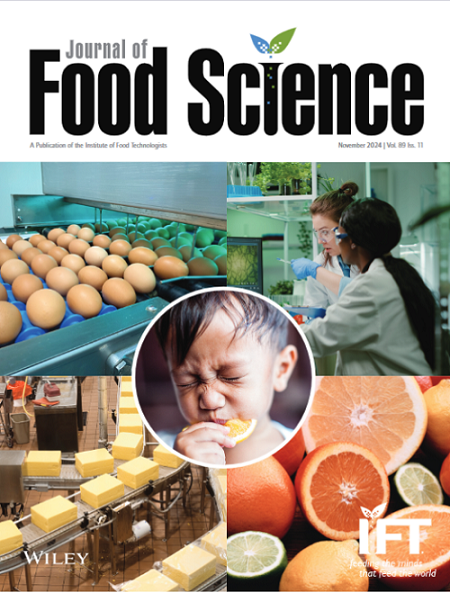Dry-Aged Beef: A Global Review of Meat Quality Traits, Microbiome Dynamics, Safety, and Sustainable Strategies
Abstract
Dry-aged beef is valued for its tenderness, complex aroma, and concentrated flavor. However, variability in aging protocols and limited understanding of underlying biological and technological processes can compromise consistent quality and safety. This review examines factors influencing meat characteristics, including genetics, breed, sex, age, diet, intramuscular fat deposition, antioxidant reserves, and endogenous enzyme pools. Postmortem biochemical pathways, such as proteolysis, lipid oxidation, and nucleotide degradation, are discussed in relation to flavor and texture development. The dynamics of surface microbiota are analyzed, highlighting the succession from psychrotrophic spoilage bacteria to molds and yeasts, which collectively form an enzymatic crust that contributes umami and nutty notes while providing antimicrobial barriers. Regulatory frameworks in major markets are reviewed, alongside valorization strategies that convert crust trimmings into umami-rich powders, bioactive peptides, starter cultures, or industrial enzymes. Despite advances, critical knowledge gaps remain, including the functional roles of minor crust taxa, the efficacy of defined starter cultures or bacteriophage blends, and standardized methods for texture and flavor measurement. By focusing on these biochemical and microbiological mechanisms and their applications, this review provides a roadmap for transforming dry aging into a reproducible, safe, and high-quality process in modern meat science.


 求助内容:
求助内容: 应助结果提醒方式:
应助结果提醒方式:


